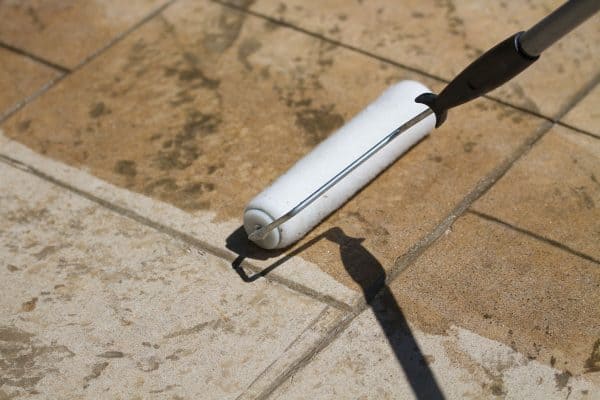Disclosure: We may get commissions for purchases made through links in this post.
It's important to know the qualities of the materials that we'll be using for our pavement projects at home so that we can choose the right ones. Their ability to absorb water and drain properly will prevent water problems and costly repairs. In this article, we'll talk about stone dust in particular. We've done the research regarding its capability to absorb and drain water and here's what we found out.
Stone dust doesn't absorb water. It has a non-porous surface. It also compacts and has a powdery texture that prevents proper drainage of water. This can cause different water problems on your pavement such as shifting, disintegration, and efflorescence.
Keep reading as we elaborate further on why stone dust isn't a good material for the bed of your pavement. We'll also tell you what kind of stone is best used for drainage and how stone dust is best used. Let's get started!
![garden pathway with gravel stone paver on the side. Does Stone Dust Absorb Water [And Is It Good For Drainage]](https://pavingplatform.com/wp-content/uploads/2022/03/garden-pathway-with-gravel-stone-paver-on-the-side.-Does-Stone-Dust-Absorb-Water-And-Is-It-Good-For-Drainage-800x1200.png)
Does water drain through stone dust?
Drainage is important in all areas of your house. When water is not allowed to pass through properly, it'll accumulate and cause damage that can truly make your head ache when it comes to repairs and reconstruction.
Of course, as homeowners, we don't want to deal with those issues. That's why we want to ensure good quality of construction right from the start. This begins with choosing the right materials for our home improvement projects.
Stone dust is one of the most common hardscaping materials in the market. They are a by-product of the process of crushing different stones such as limestone and granite. Some people also call it quarry dust, quarry screenings, decomposed granite, or grit.
You might come across this material as one of the options for your pavement project. It is preferred by some contractors because of its affordable price.
While we understand the desire to save on construction costs, experts don't recommend the use of stone dust, especially as a material for the installation bed of your concrete or stone pavers.
The main reason why stone dust isn't ideal for your pavement's base is that it doesn't drain water efficiently. It is a non-porous material so water can't seep into it.
In other circumstances, this might have been helpful. But if you're going to use stone dust underneath your pavers, its inability to absorb water will cause drainage problems.
Here are just a few of the issues that can arise due to poor water drainage.
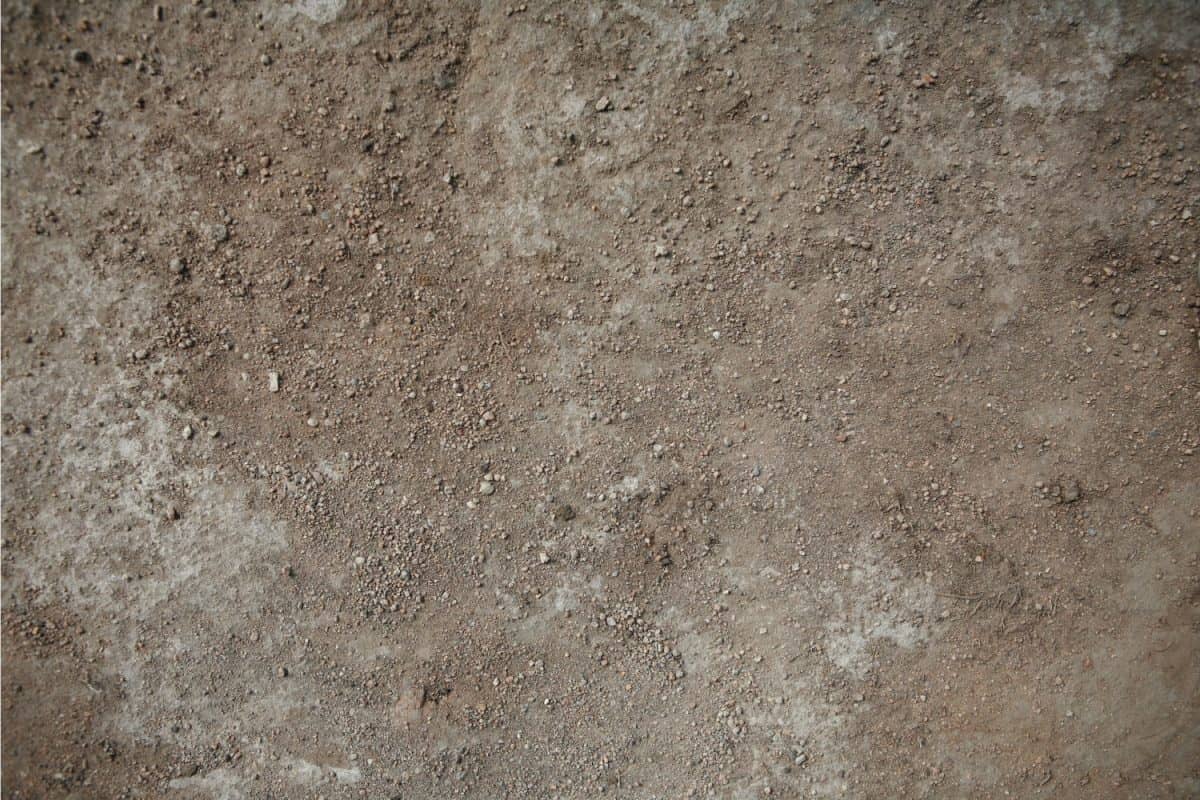
Shifting of the pavers
This is the movement of your pavers in response to what's happening to the ground below. Since stone dust doesn't absorb water, it'll just sit on top of the installation bed until it covers the entire surface. The problem happens when the temperature changes.
When the temperature drops, water will freeze and it will expand. The pavers above will move to give way to this expansion.
When the temperature rises, the frozen water will thaw and the pavers will settle as the area below them contracts.
This constant movement will cause your pavers to become uneven over time. Not only is it unpleasant to look at, but it also might cause accidents as people can trip over the displaced pavers.
Disintegration of the pavers
When the underside of your pavers is continuously soaked in water, this portion will eventually disintegrate. The core will weaken and destroy the structural integrity of the pavement in your patio, walkway, or driveway.
Formation of Salt Deposits
This process is called efflorescence. Salt deposits from the water stay on top of the stone dust installation bed for a long time. These salt deposits will eventually be manifested on the exterior portion of the pavement, resulting in unsightly marks on the surface.
Shifting and disintegration of the pavers, as well as efflorescence, are just some of the problems that you'll have to confront when you use stone dust underneath your walkways, driveways, and patios because of its poor ability to drain water properly.
What kind of stone is good for drainage?
If it isn't advisable to use stone dust on your installation bed because of drainage problems, then what can you use instead?
Experts say that gravel with the size of 1/2 to 3/4 inches is best for drainage. This is made up of broken chunks of rocks and has a coarse texture.
There are different kinds of gravel to choose from. It would usually depend on where you will use it. You need to know which one suits your purpose. If the size is too small or the texture is too fine, it might end up clogging the pavement and there would be pooling, flooding, and other water problems.
Here are the types of gravel that promote good drainage and where you can use them.
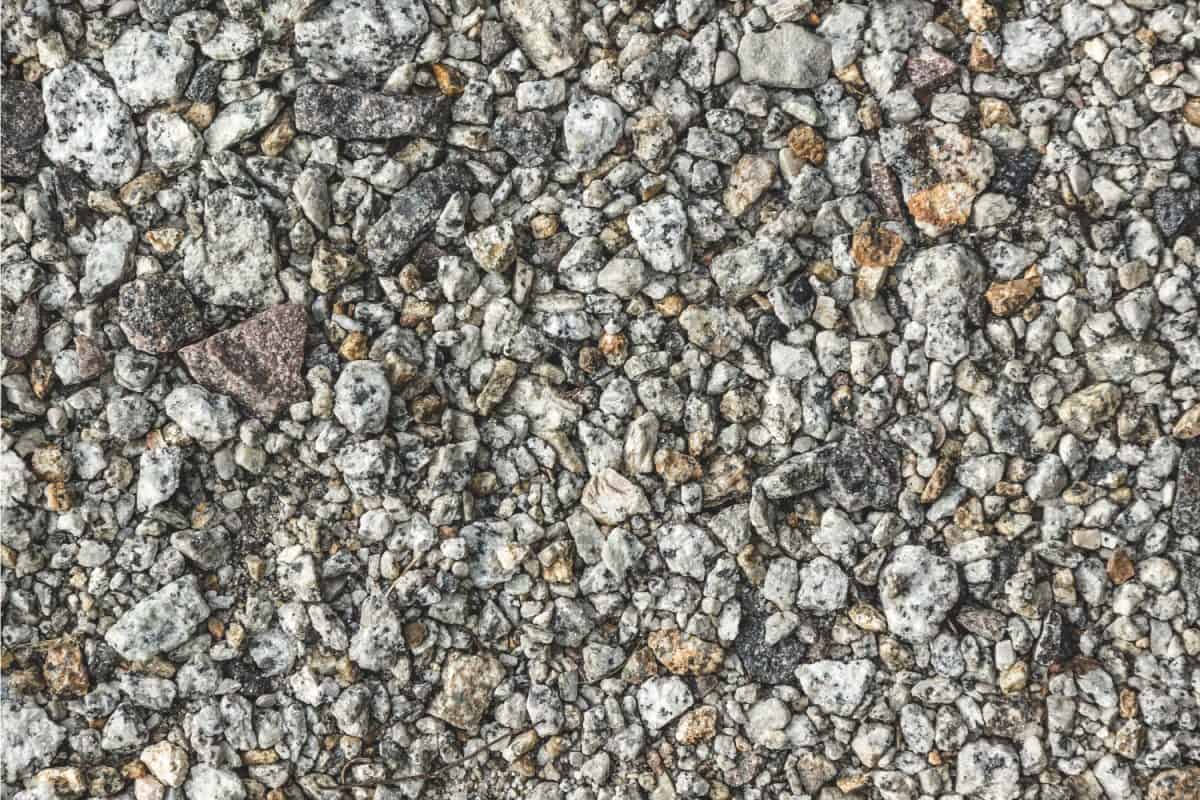
Item #4
Its composition consists of crushed stone along with sand and dirt. The crushed stones can be from limestone, bluestone, bricks, concrete, or grey gravel. It's fairly large at around the size of a golf ball, making it good for drainage. This is best used as the base for your pavement project and can endure the pressure of vehicle weight.
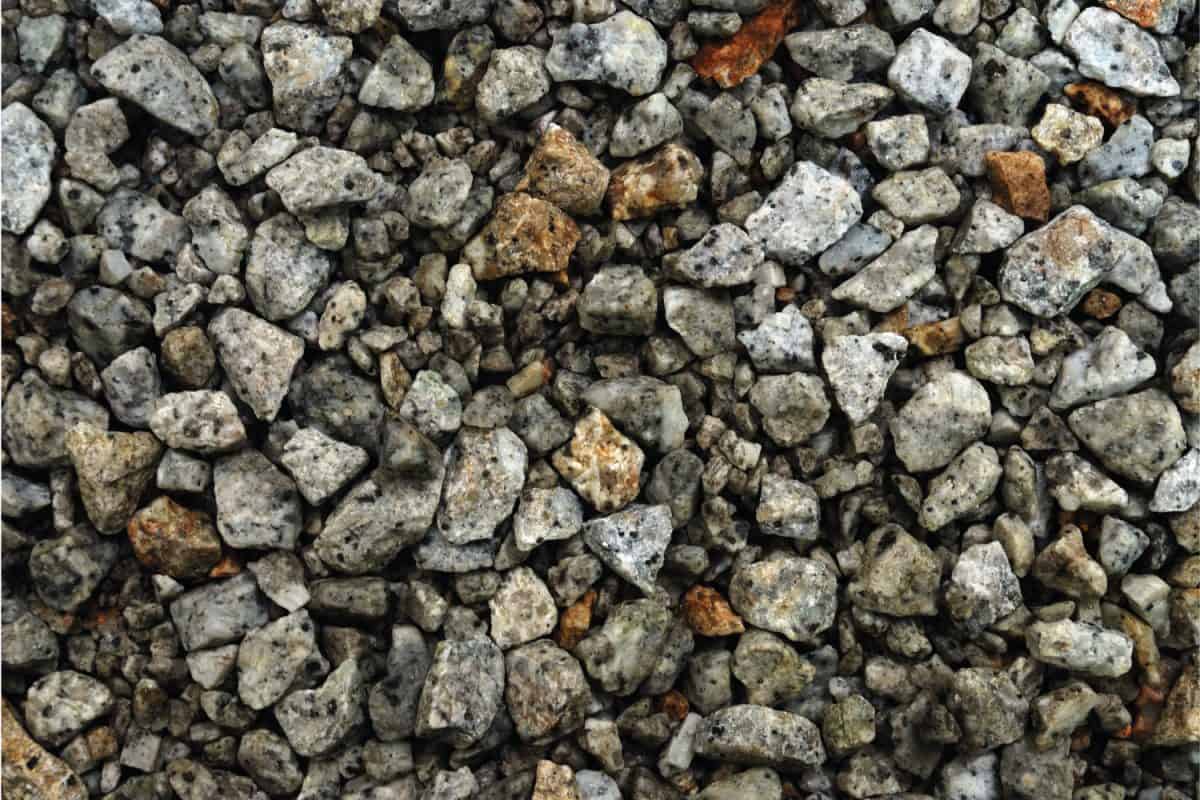
Base Gravel #3
This type of gravel can be a bit large, about one to two inches in size. It cannot be compacted so it'll promote proper drainage, especially at the base of your pavement.
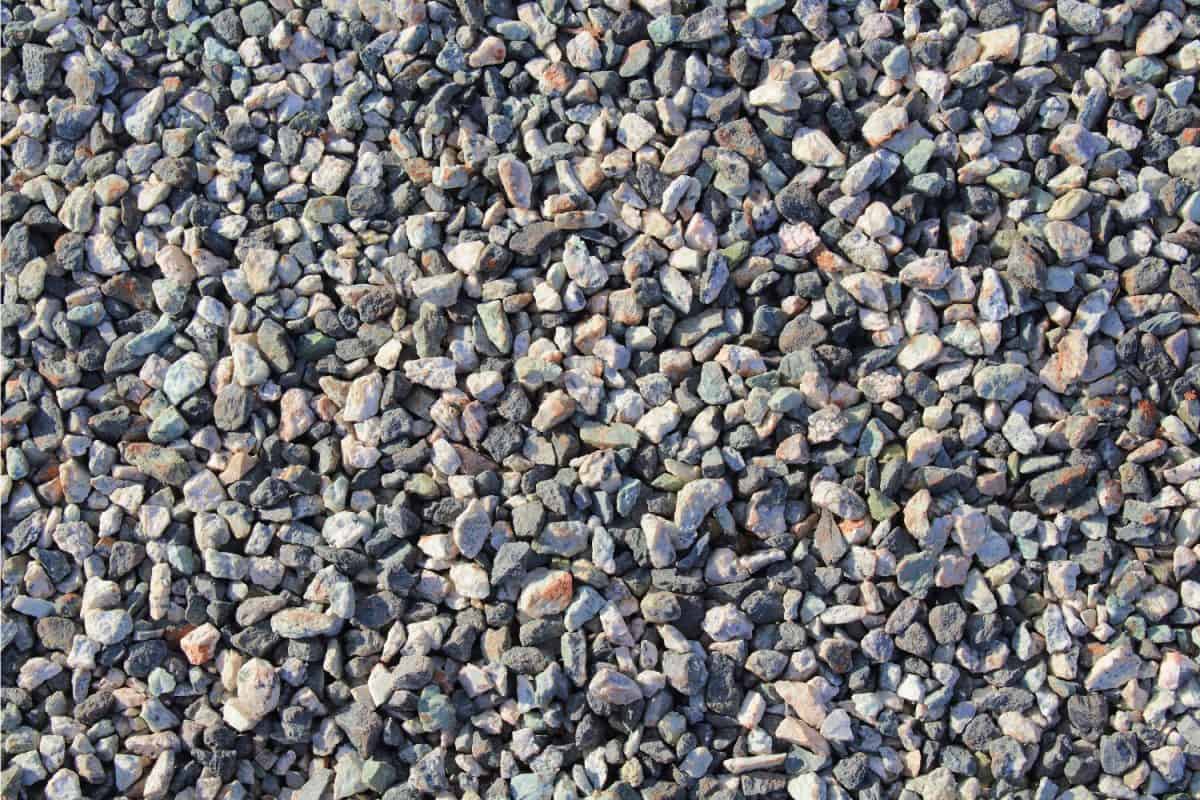
Washed Clean Stone
This is also made of crushed stones but with finer particles such as sand and rock dust removed. The stones don't compact so water can flow freely. They are best used for the bottom or middle layer of your pavement.
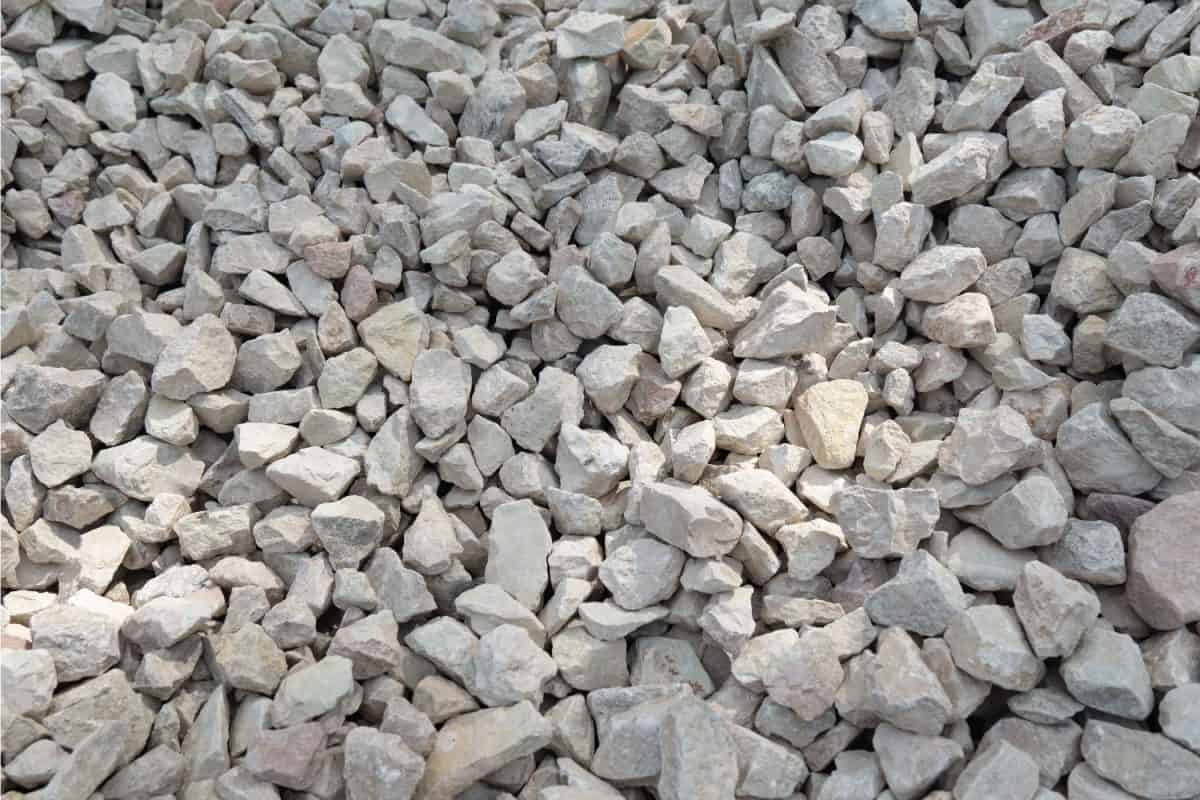
Crushed Stone #57
This kind of gravel has an angular shape which is why it can't be compacted as much. Since the gravel doesn't stick together, there's adequate drainage. It's medium to large in size, which makes it a great material for the middle layer of your pavement.
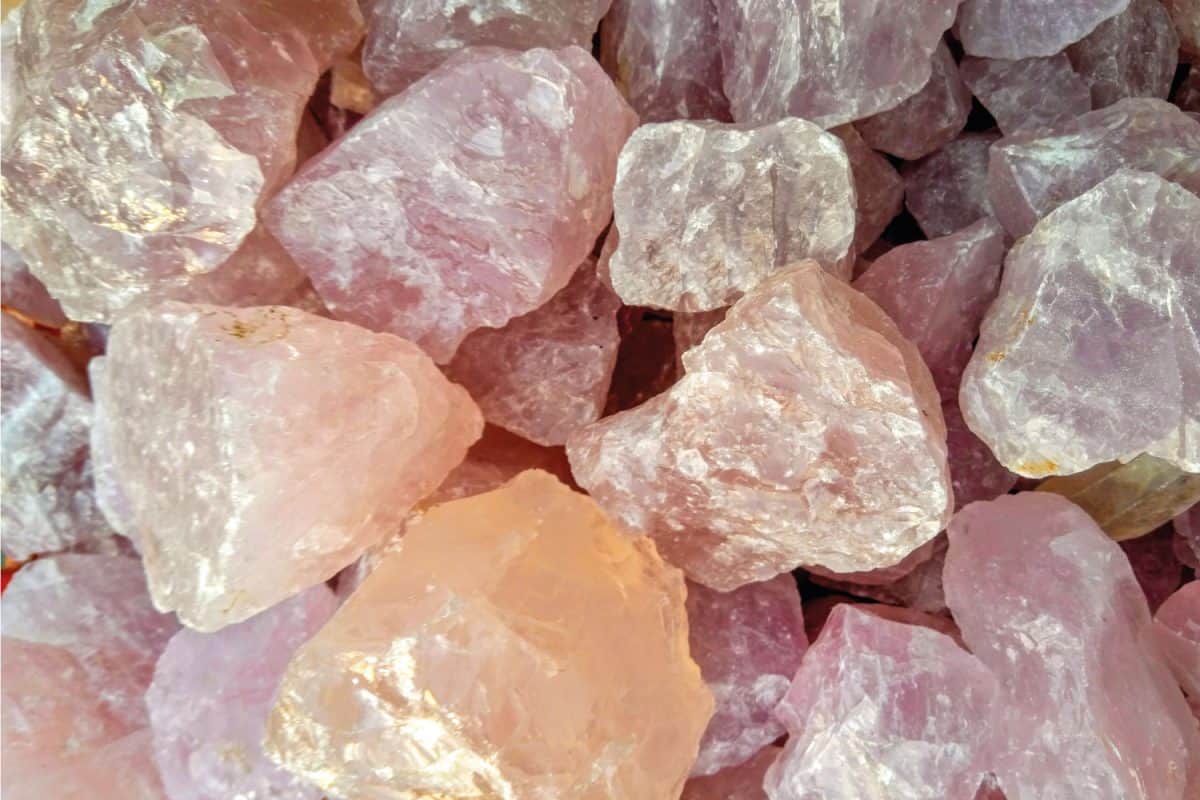
Pink Quartz
This is an attractive type of gravel that you can use for the top layer of your pavement. It comes in different shades of pink. It doesn't compact as much which is why it'll allow water to pass through. It has a rough surface so it's more stable and will stay in place.
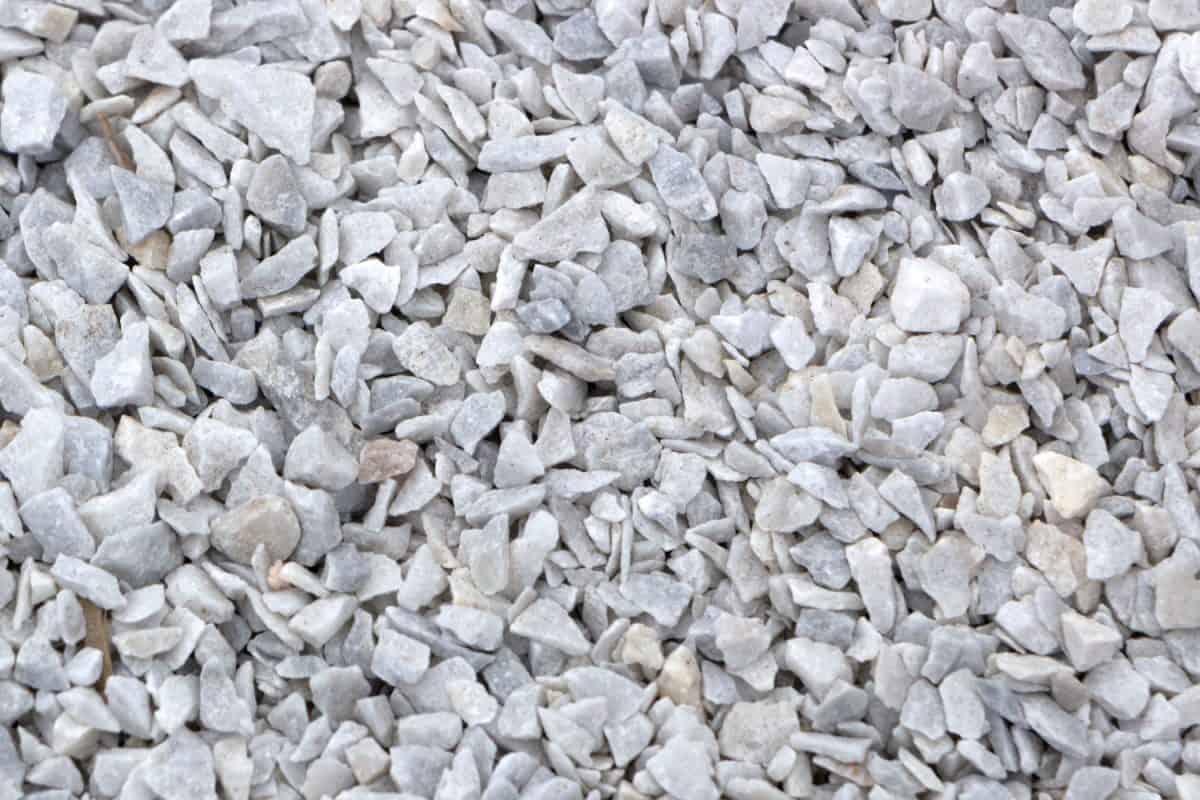
Marble Chips
These are from crushed marble and they have incredible aesthetics. They glimmer and shine under the bright sunlight that makes your pavement truly attractive.
Marble chips are smaller in size that's why they're best used on the top layer. However, they have a smooth surface so you need edging to keep them in place.
There you have it: the best kinds of stone for drainage! Always remember that larger gravel should be used at the bottom of your paving project while the smaller ones should be on top. They will promote better drainage and prevent water problems in your pavement.
How is stone dust used?
So where can you use stone dust instead? You can actually still use this material for your paving project as a filler in between the joints. Its non-porous nature will help block water from seeping into your pavement. It will also prevent weed growth and pest infestation.
If you're into gardening, you can also mix stone dust with your soil to make it more fertile. Quarry dust will add more minerals to the soil and change its pH level. It restores the soil's life so that it can better support plant life.
Stone dust is also useful in construction work that uses cement concrete. It is a more affordable alternative to natural sand.
However, it should only be used as a partial replacement for sand. You cannot fully substitute stone dust for this mixture. Use 50% stone dust and 50% sand in your cement concrete mixture to achieve higher compressive strength. It can increase the structure's durability by almost 15%.
This is important especially when you're using cement for your driveway where there's constant pressure from the vehicles' weight.
Stone dust still has many uses. You just have to know where to use it to maximize its benefits.
![crushed rocks and stones used as pathway pavers. Does Stone Dust Absorb Water [And Is It Good For Drainage]](https://pavingplatform.com/wp-content/uploads/2022/03/crushed-rocks-and-stones-used-as-pathway-pavers.-Does-Stone-Dust-Absorb-Water-And-Is-It-Good-For-Drainage.png)
Final Thoughts
Stone dust doesn't absorb water and prevents proper drainage. It's best to look for different gravel types for your pavement that won't compact and hinder the continuous flow of water to your drainage system.
If you want to read about asphalt - another paving material, check out the following links:

![Vibrant Red Paver Stone Path, Can You Spray Paver Sealer? [How To Apply It]](https://pavingplatform.com/wp-content/uploads/2022/04/Vibrant-Red-Paver-Stone-Path-600x400.jpg)
![Properly laid out red pavers for a garden, Can You Tint Paver Sealer? [And How To]](https://pavingplatform.com/wp-content/uploads/2022/04/Properly-laid-out-red-pavers-for-a-garden-600x400.jpg)
